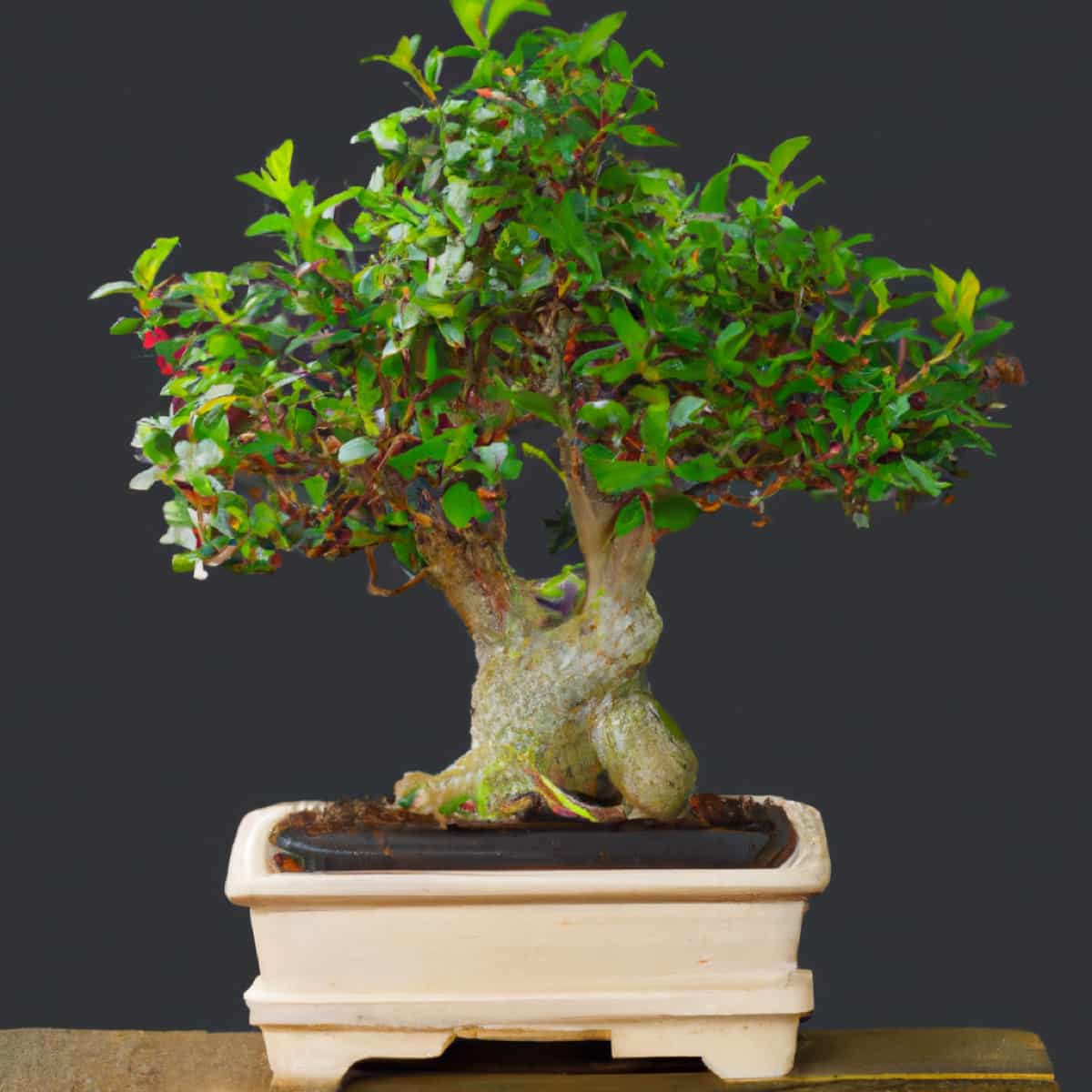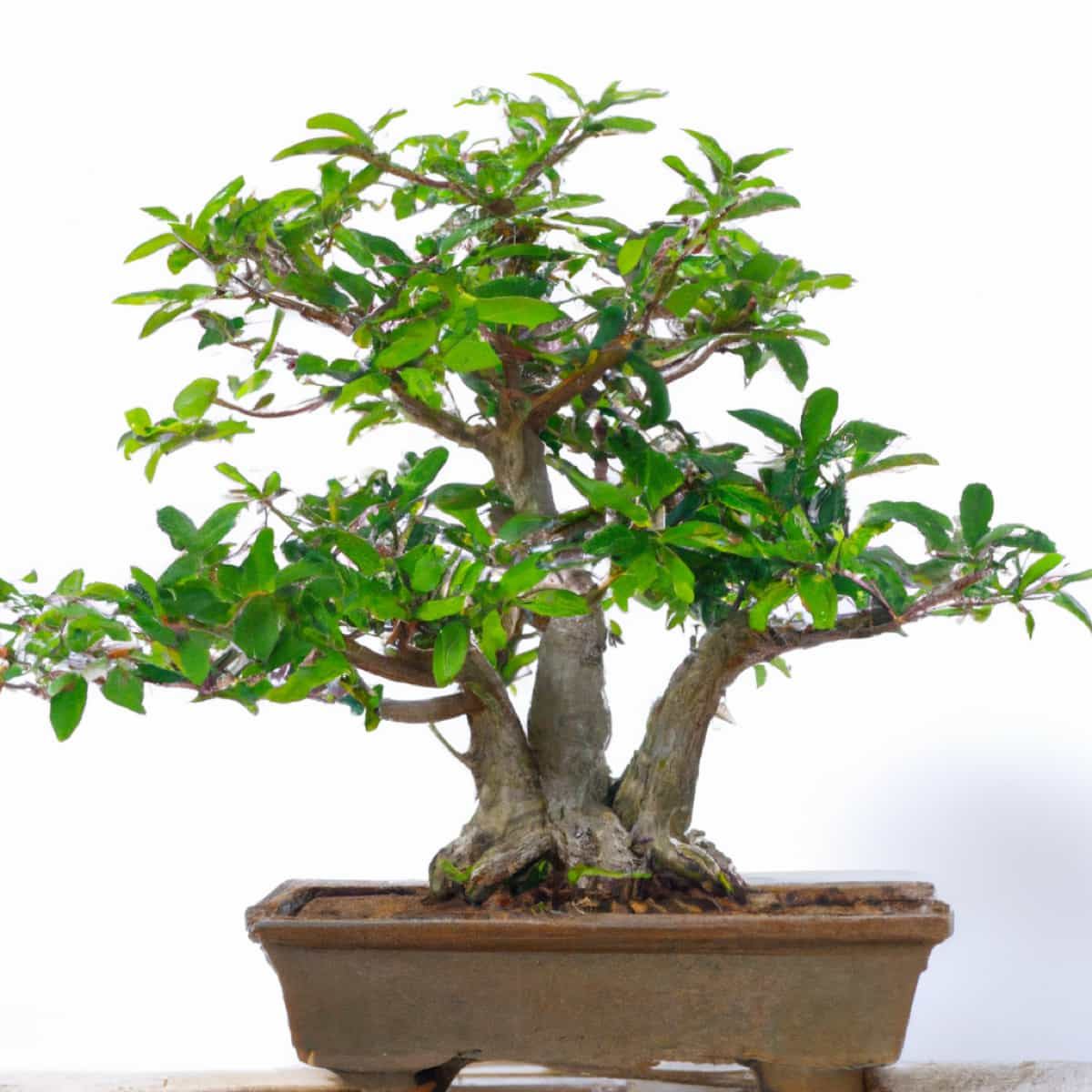Bonsai cultivation requires knowledge, patience, and a keen sense of the health and aesthetic of your miniature tree. One popular choice among bonsai enthusiasts is the Natal plum bonsai. Growing Natal plum bonsai from seed presents an interesting challenge due to the plant’s unique needs and characteristics. For those wondering, ‘How do you take care of a Natal plum bonsai tree?’ this comprehensive guide offers practical advice for every stage of your bonsai journey.

How to Grow and Care for Natal Plum Bonsai
How to Plant Natal Plum Bonsai
Begin with selecting a Natal plum bonsai seed for planting. While finding these seeds online is possible, you can also harvest them from a mature Natal plum plant. Soaking seeds in warm water for 24 hours speeds up sprouting. Then, plant them in well-draining soil. Be patient; the seeds may take up to a month to germinate. Once sprouted, providing the seedling with plenty of light is crucial. While the Natal plum is a hardy plant, the seedlings require tender care in the early days to ensure they thrive.
Growing Natal Plum Bonsai Indoors
Growing Natal plum bonsai indoors offers several advantages, most notably the ability to control the environment closely. Natal plum bonsai prefers a warm, humid environment, which can be achieved indoors using humidifiers or by placing the bonsai pot on a tray filled with water and pebbles. Bright, indirect sunlight is ideal, so position your bonsai near a south-facing window if possible. Avoid placing your bonsai near a heating vent or cold window, as extreme temperatures can stress the plant.
Caring for Natal Plum Bonsai in Winter
Natal plum bonsai care does not end when the temperatures drop. During winter, indoor bonsai plants still require adequate light and moisture. Keep giving the plant ample indirect sunlight and regularly inspect the soil to prevent it from drying out. Consider using a humidifier to counteract the dry air commonly found indoors during winter; in warmer climates where the bonsai can remain outdoors, protect the plant from extreme temperatures by moving it to a sheltered location.
Pruning Techniques for Natal Plum Bonsai
Pruning your Natal plum bonsai is integral to maintaining its shape and health. Regular pruning encourages the plant to develop a dense canopy and compact growth habit. When pruning, cut just above a leaf or node with a sharp, clean tool to minimize damage. Remove any dead, diseased, or crossing branches, and strive to maintain an overall balanced shape. Remember, bonsai is an art as much as a science, so approach pruning with a creative eye and a steady hand.
Fertilizing Schedule for Natal Plum Bonsai
The nutritional needs of a Natal plum bonsai are not the same as those of a full-sized tree. Bonsai trees grow in small pots with limited soil, so they exhaust their nutrient supply quicker. Use a slow-release bonsai-specific fertilizer to provide your tree with the necessary nutrients. Generally, the fertilizing schedule should follow the plant’s active growth periods. Fertilize every two weeks in spring and summer, and monthly in fall and winter.
In case you missed it: Exploring Popular Types and Varieties of Ficus Bonsai

Preventing Pests and Diseases in Natal Plum Bonsai
Common pests for Natal plum bonsai include aphids, scale insects, and spider mites. You can prevent these pests by keeping your bonsai healthy, as stressed trees are more susceptible. Regularly inspect your bonsai for signs of pests or disease, such as discolored or wilted leaves. Treat your bonsai with a mild insecticidal soap or neem oil if you notice any pests. Regularly cleaning your bonsai and its surroundings can also help prevent diseases.
Watering Requirements for Natal Plum Bonsai
The watering requirements for your Natal plum bonsai are influenced by several factors such as plant size, pot size, soil type, climate, and the season. Generally, it is recommended to keep the soil slightly moist without excessive saturation. When the top inch of the soil feels dry, thoroughly water your bonsai. However, be cautious not to allow the soil to completely dry out as this can cause stress to the tree.
Repotting Natal Plum Bonsai
Every one to two years, your Natal plum bonsai will likely outgrow its pot. When you notice the roots beginning to circle the bottom or sides of the pot, it’s time to repot. Choose a slightly larger pot with ample drainage holes and a quality bonsai soil mix. Delicately extract the bonsai from its previous container, tenderly unravel the roots, and trim any excessively elongated or entangled roots with precision. Place the bonsai in the new pot and thoroughly backfill with soil and water.
Training Methods for Shaping Natal Plum Bonsai
Training a Natal plum bonsai entails directing the plant’s growth towards a predetermined shape or style. The most common techniques include wiring and pruning. Wiring involves wrapping wire around the branches and trunk of the bonsai and gently bending them to create the desired shape.
It’s a delicate process that requires care to avoid damaging the tree. You can carefully remove the wire when the tree begins to hold its new shape. On the other hand, pruning is a less intrusive method but requires more patience, as you have to wait for the tree to grow before you can shape it by removing the growth. Both techniques require practice and understanding of the Natal plum bonsai’s growth habits.
Understanding the Light Requirements of Natal Plum Bonsai
While Natal plum bonsai can adapt to various light conditions, it flourishes best in bright, indirect sunlight. Indoor growers should aim to provide their bonsai with at least 4-6 hours of this kind of light daily. A south or west-facing window is usually a good spot. If natural light is insufficient, consider supplementing with a grow light.
In case you missed it: How to Grow and Care for Japanese Red Maple Bonsai: Planting, Pruning, and Repotting

Outdoor growers should seek a site with morning sunlight and afternoon shade to shield the bonsai from excessive midday sun exposure. A healthy Natal plum bonsai will reward your light considerations with lush, green growth and abundant beautiful flowers.
Conclusion
Nurturing a Natal plum bonsai is a rewarding and enriching journey. Growing these miniatures from seed, ensuring their well-being indoors or during winters, attending to their watering needs, and engaging in regular pruning and fertilizing routines not only tests your gardening skills but also inculcates patience and mindfulness.
Over time, you’ll learn to prevent potential pests and diseases, master the art of repotting, and even train your bonsai into magnificent shapes. The Natal plum bonsai, with its vibrant green leaves and strikingly beautiful fruits, offers a unique aesthetic appeal that’s truly it’s own. By dedicating your time and efforts to its care, you’ll find that the journey of growing a Natal plum bonsai is just as rewarding as the result.
- Ultimate Guide to Ossabaw Island Hog: Breeding, Raising, Diet, and Care
- Ultimate Guide to Juliana Pig: Raising Facts, Size, Diet, Care, and Lifespan
- Raising Lleyn Sheep: Disadvantages, Price, Uses, Characteristics, and Care
- Ultimate Guide to Meishan Pig: Breed Facts, Breeding, Raising, and Care
- Ultimate Guide to Teacup Pigs: Raising, Diet, Lifespan, Cost, and Care
- Guide to Raising Poll Dorset Sheep: Facts, Profile, Characteristics, Uses, and Care
- Ultimate Guide to Bighorn Sheep: Characteristics, Diet, Lifespan, Breeding, and Lifecycle
- Ultimate Guide to Raising Katahdin Sheep: Farming Facts, Breed Profile, Uses, and Care
- Ultimate Guide to Raising Oreo Cows: Belted Galloways Farming Facts, Profile, Uses, and Care